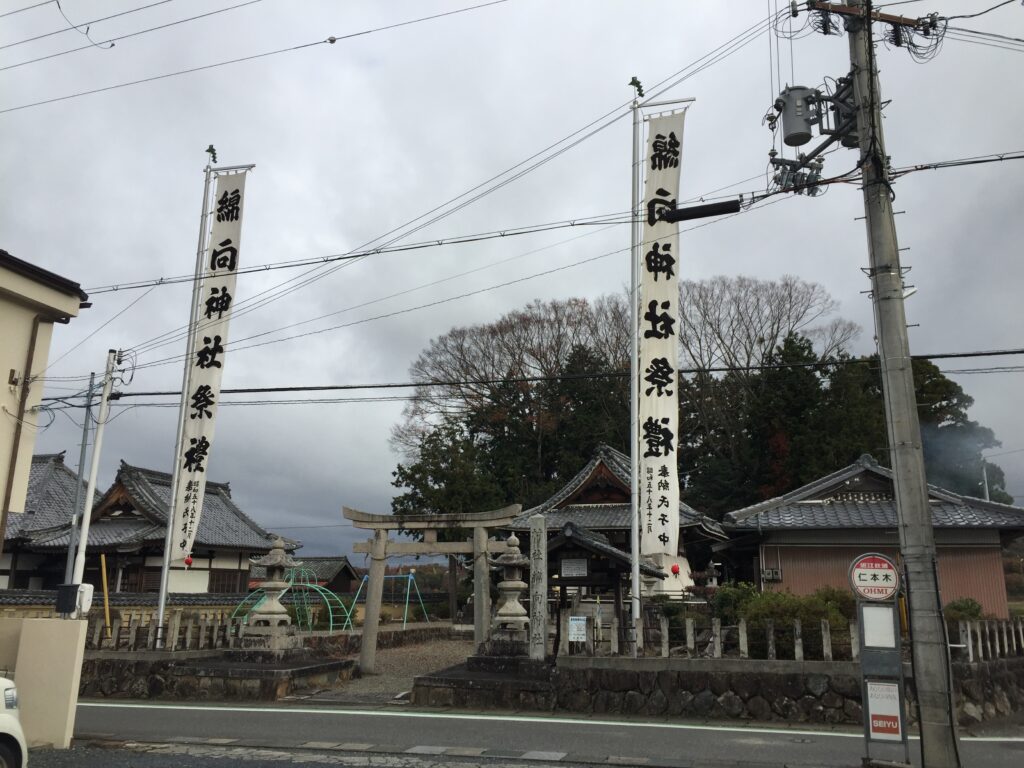Get the Japanese Superfood List
We had the Autumn Festival at our local Shinto shrine yesterday.
Our group in the neighborhood was in charge of setting up the festival this time. The neighborhood is divided into five groups and each group takes turns to be in charge of the festival every spring and autumn, which means we have this role once every two and half years.
The last time we did it was in the spring of 2020.
The day before, which was 30th of November, we prepared the shrine for the festival, like raising flags and decorating.
Then, at night, we had a pre-festival party.
Our group consists of five houses, and the head of the house, usually the father, gathered at one of the houses and had dinner with drinks.
The next morning we gathered at the shrine again and did the final preparation.

This is Torii, the shrine gate.

This is Haiden, the worship hall.

Inside the Haiden, where the ceremony takes place. A festival at a Shinto shrine means a religious ceremony, and unlike festivals of big shrines, a festival of a small local shrine like this doesn’t have any street vendors or visitors, it is purely ceremonial. Only the representatives of the neighborhood, the Shinto priest, and the dancer gather here and conduct a ceremony.

This is Honden, the main sanctuary.

We boiled this water for the dancer. She splashes this hot water using leaves during her dance. Dance is part of the ceremony.
That is something we do in a local rural community. When I lived in Tokyo, I had never participated in this kind of ceremony at a shrine.
The shrine was a place we go on new year’s day or attend festivals as visitors, not organizers. It wasn’t as big a part of your life as it is in those rural communities.
As I wrote about it in the last chapter of Ikigai Bio-Hacking, I have become a lot more familiar with traditional Shinto practices since I moved to the countryside.
The Shinto Shrine is the Central Part of a Satoyama Community
